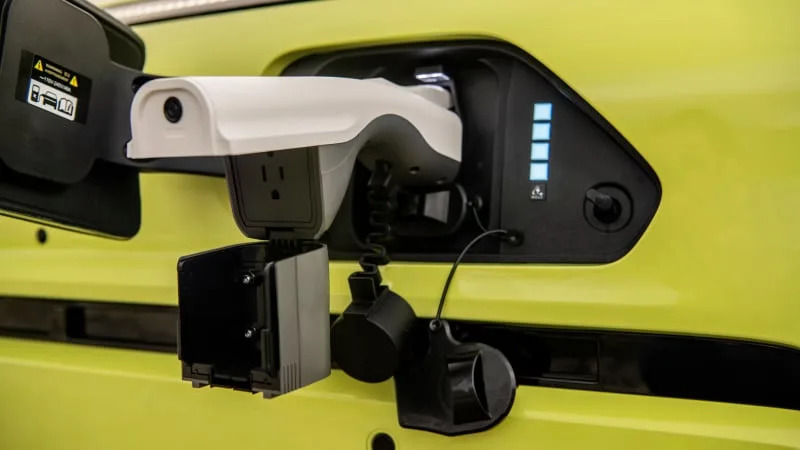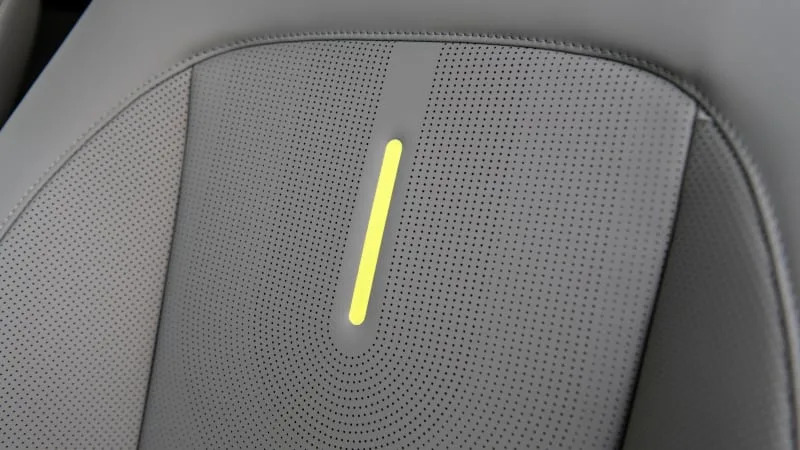The upcoming 2024 Hyundai Kona is larger and more spacious, making it better for carrying cargo compared to the previous version. However, the powertrain receives a significant overhaul in its powertrain lineup.
In the electric variant, there are now two options for the motor and battery combinations, similar to the gasoline options in the standard model. The entry-level option features a 133-horsepower motor paired with a 48.6 kWh battery, offering a range of 315 kms. The larger option includes a 201 horsepower motor combined with a 64.8 kWh battery, providing a range of 416 kms. Both options are front-wheel drive only.
Those familiar with the previous Kona Electric will recognize the 201 horsepower output, which remains unchanged from last year. However, the torque output has significantly decreased from 291 pound-feet to just 188 pound-feet. The base motor retains the same 188 pound-feet of torque. The upgraded motor in the Kona Electric is also used in its platform mate, the Kia Niro EV, and both vehicles utilize a 400-volt architecture.
In comparison, the Ioniq 5 and Ioniq 6 models, which use the E-GMP platform, have an 800-volt setup.
All important charge and range debate:
The charging speed remains similar to the previous model, which may be seen as a bottleneck. Charging from 10% to 80% on a level 2 home setup should take just over 5 hours for the smaller battery and 6 hours and 15 minutes for the larger battery.
Both batteries can be fully charged on a level 3 fast charger in approximately 43 minutes, according to Hyundai. While Hyundai doesn’t specify the max charge rate, the charge time suggests it is similar to the Kia Niro EV, which tops out at 85 kW.

One of the notable features of the Kona Electric is its quietness. Hyundai prioritized reducing wind and road noise during the redesign process. This effort is apparent in the EV model since it lacks the noise of a combustion engine. The transition from the gasoline model to the Electric version is eerie but delightful due to the increased serenity of the Electric model.

There is an advantage to being heavier:
One advantage of the Kona Electric is that it already has some weight due to its electric components. This extra weight helps absorb any additional load more gracefully. As a result, while the gasoline model feels noticeably heavier than its predecessor, the Electric version feels relatively unchanged.
As with most EVs, the weight is most noticeable during braking. The ride quality is well-controlled, and the handling is surprisingly crisp. However, it’s important to maintain a safe following distance, especially when approaching a stop sign at the bottom of a steep, winding hill, as it can appear suddenly.

The 2024 Hyundai Kona Electric shows promise with a few months remaining before its official launch. Hyundai has yet to announce the pricing and final specifications. We anticipate the base Electric model to be slightly more expensive than the gasoline powered Limited trim.
For more information and pricing Hyundai Cambodia can be contacted here.
